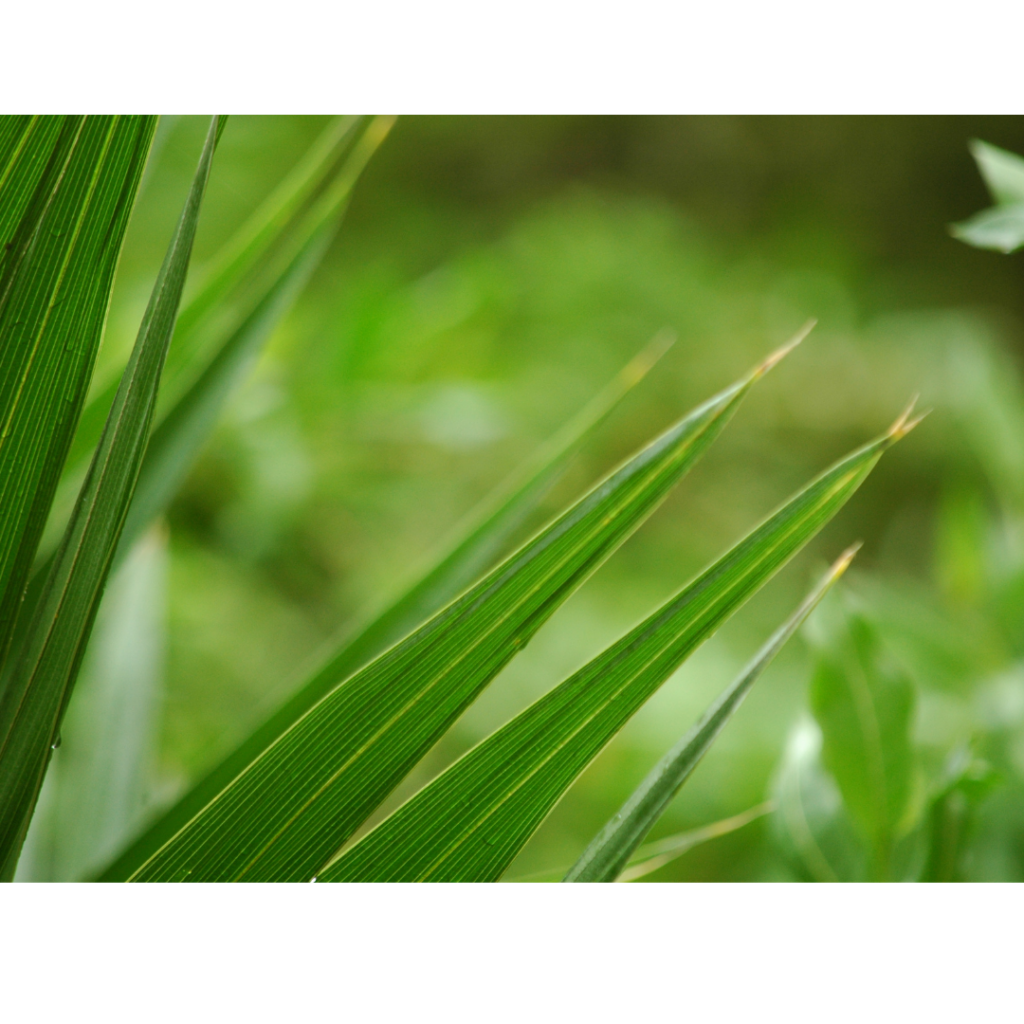
Protecting Hardy (and not-quite hardy) Palms
Some of the hardest palms include: jubaea chilensis (coquito palms), Trachycarpus fortunei (chusan palms) however they can still suffer in cold harsh winters. Blue Iris Landscapes recommend that more tender palms such as Butia capitata are best grown in pots. Professional landscapers and gardeners also suggest that palms are planted in sunny areas, sheltered from prevailing winds and avoid possible frost pockets.
Also, good drainage is crucial as winter wet can be damaging as cold winds and low temperatures.

Protection Palms Against a Hard Frost
If the palm is of a manageable, reasonable size, gardeners suggest that the top growth is covered with fleece when harsh frosts are forecast. For extra protection, apply dry mulch such as bark chips to the base of the palm to aid the protection of the roots.
Protection Palms Against Wind
Insert stakes around the plant and construct a chicken wire cage packed with straw or bracken and cover with Hessian or fleece.
Protecting Vulnerable Plants
Pick straw or bracken between the leaves and surrounding the stem. This is most important at the growing point at the top of the trunk and then wrap with fleece.
Growing Young Palms in Containers
By growing young palms in containers, they are kept frost-free as they are more prone to winter damage and then wrap in bubble wrap to protect the outdoor container.
Through these cold winters, certain more exotic plants need to be protected from the cold weather that we experience and so Blue Iris has provided these helpful tips regarding Palms. We hope this information has been helpful if there is anything else that you require to know about your garden then please don’t hesitate to contact us and we will help where we can.
